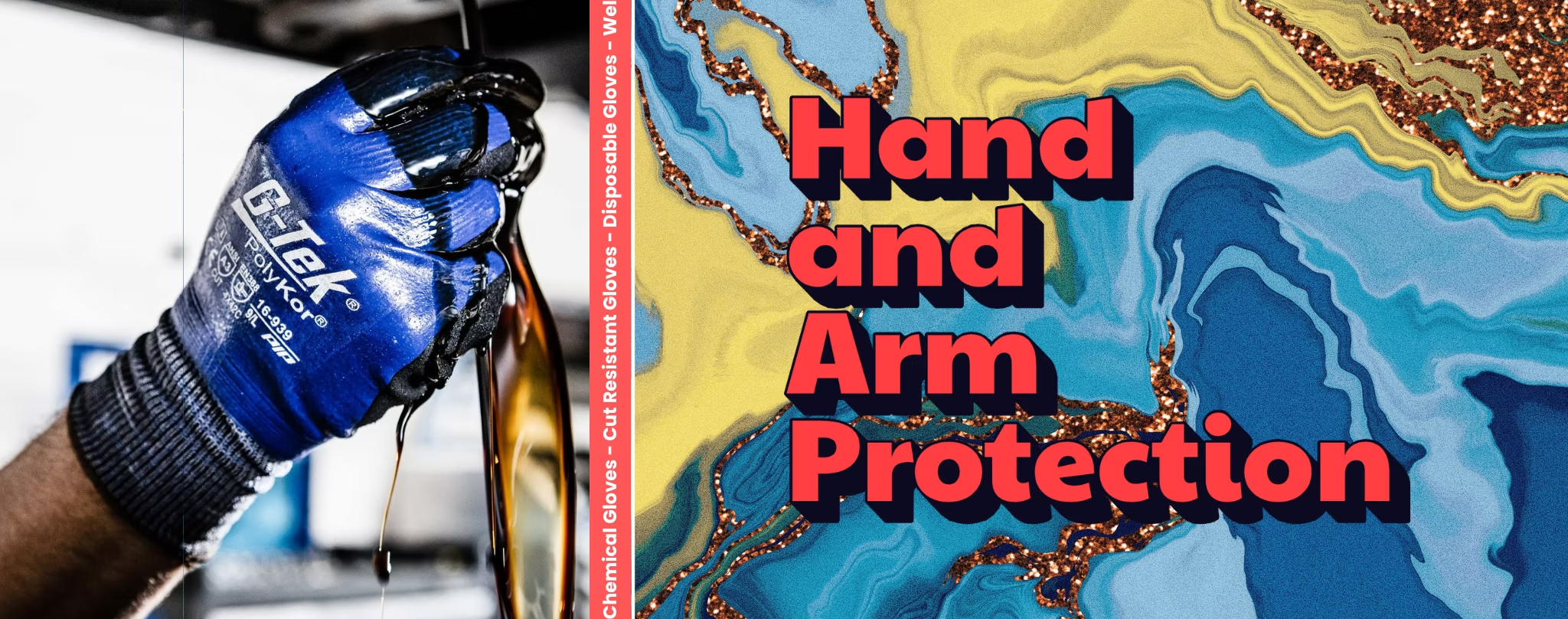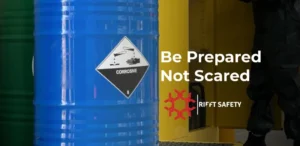This article will kickstart a few topics related to hazardous substance. In this first part of the series, we aim to cover the basics of what they are and how to manage the various aspects of it.
What are hazardous substance?
According to the Environmental Protection Authority (EPA), hazardous substances status applies to any product, chemical or mixture of chemicals that has one or more of the following characteristics:
- Explosive: explodes or causes explosion
- Flammable: ignites easily and burns rapidly
- Oxidising: a gas, solid or liquid which can cause or intensify fire and explosion
- Toxic: can harm people if it enters the body through contact, being inhaled or ingested
- Corrosive: can cause severe skin burns and eye damage
- Ecotoxic: is toxic to the environment.
The EPA has based its labelling on the Globally Harmonized System of Classification and Labelling of Chemicals (GHS) and Worksafe NZ has a visual on what the labels should look like.
Why do we need labels and signage?
Visuals cues are important as one of its basic purposes is to garner attraction and bring awareness to a particular subject or matter as it acts as a quick summary instead of having to navigate a lot of words.
The GHS labelling allows for prompt identification owing to the hazard pictogram that complement the signal words and hazard and precautionary statements required for every HSNO classification of the substances and it can be commonly found on the container’s packaging or under section 2 – Hazard(s) Identification in a safety data sheet (SDS). In an emergency, visual signage can also act as key indicators for first responders to roll out the emergency response plans according to the situation.
For example, a storage cabinet for hazardous substances has visual labels that lists the class type of items that can only be stored and the maximum storage capacity.
In a facility or workplace that manages and handles hazardous substance, signage and a location compliance certificate might be required, especially if the inventory’s amount triggers the threshold limit. Worksafe NZ has a hazardous substance calculator that can assist in working out what generic controls measures are required for inventory. To obtain a compliance certificate, an authorised compliance certifier must be engaged. The calculator is an excellent tool to also view hazard classes.
This might sound overwhelming so here are some training courses such as handling chemical and spill response that might interest your professional development. As always, if you have just discovered our page, hello and welcome. Feel free to say hi and give us a quick follow here.

